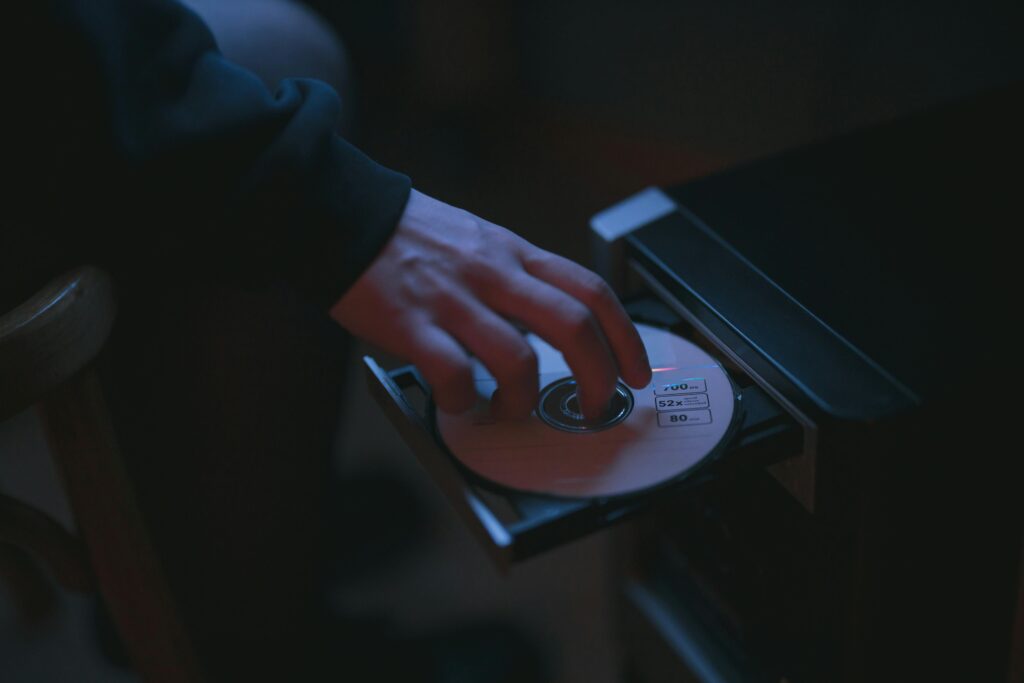Before Wikipedia and the era of artificial intelligence, there was a fascinating chapter in knowledge history shaped by Encyclopaedia Britannica and Microsoft Encarta. These two giants defined how people accessed information in the late 20th century—Britannica through its timeless print editions and Encarta through its revolutionary digital CD-ROMs.
Today, as we enter the AI age of knowledge with tools like ChatGPT, the story of Britannica and Encarta reminds us how quickly information technology evolves.
Encyclopaedia Britannica – Authority in Print
First published in 1768, Britannica became the gold standard of encyclopedias. For over 200 years, it symbolized authority and scholarly accuracy.
- 📖 Multi-volume print editions were found in homes, libraries, and universities.
- 🏛️ Trusted by teachers, researchers, and students.
- 💡 Transitioned to digital formats in the 1990s, and now survives as a subscription-based online encyclopedia.
Britannica’s strength was its credibility, but its slower adaptation to digital formats left space for new competitors.
Microsoft Encarta – The Digital Leap
In the 1990s, Microsoft Encarta introduced a new way of learning. Packaged on CD-ROMs, it brought knowledge into homes with:
- 💿 Multimedia content – images, audio, video, and animations.
- 🔍 Fast searching – no more flipping through hundreds of pages.
- 🎓 Accessible and affordable for schools and families.
Encarta defined the digital encyclopedia era, but by the 2000s it couldn’t compete with the rise of free, web-based platforms. Microsoft officially discontinued Encarta in 2009.

Britannica vs. Encarta – The Transition Era
The period from the late 1980s to early 2000s marked a transition in knowledge access:
- Britannica = authority of print
- Encarta = convenience of digital
- Internet & Wikipedia = the new frontier of free, crowd-sourced knowledge
Both Britannica and Encarta represent a bridge between analog and digital learning.
From Encarta to AI – The New Knowledge Revolution
Today, we are experiencing another major shift: the AI age of knowledge. Just as Encarta replaced heavy encyclopedia volumes, and Wikipedia replaced Encarta, now AI-powered platforms are transforming how we find and use information.
- 🤖 AI assistants like ChatGPT provide instant, conversational answers.
- 🌍 Knowledge is personalized and adaptive rather than static.
- ⚡ Information is generated in real-time, instead of being curated once and published.
The same way Britannica and Encarta redefined knowledge in their times, AI tools are redefining how humans search, learn, and create content today.
Final Thoughts – Lessons from Britannica, Encarta, and AI
The age of Britannica and Encarta shows us that knowledge access is never fixed—it evolves with technology. Print encyclopedias gave way to CD-ROMs, which gave way to online platforms, and now to AI-driven knowledge systems.
As Britannica continues online and Encarta lives in memory, their legacy is clear: each generation finds a faster, more interactive, and more personalized way to learn.
👉 We are now in the AI age of encyclopedias—a new chapter where knowledge is not just stored, but actively generated and tailored for every user.